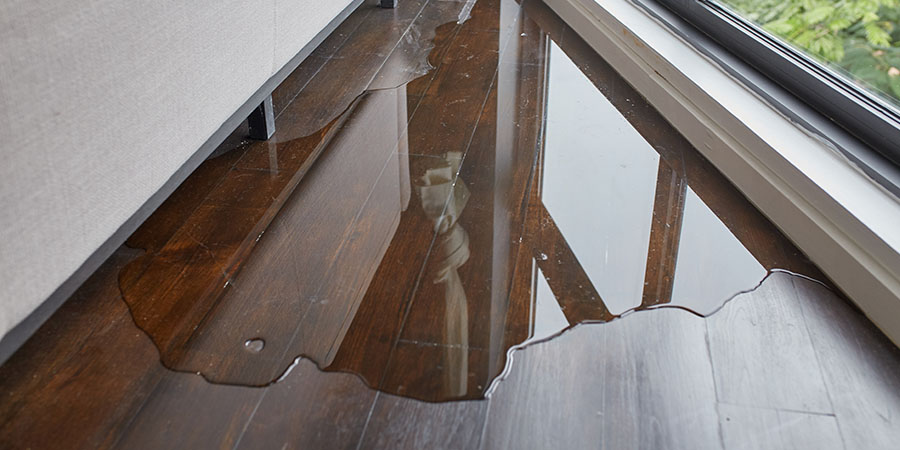
Heavily downpour on a roof might expose damage causing water penetration and the like into the house.
The fact that during heavy rains, exposed roof leaks can be a cause of concern for homeowners around the roof vents and flat roofs cannot be overlooked.
This detailed discussion encompasses causes of these leaks, how such heavy rains revealed the existence of those leakages, and the efficient ways of fixing them.
Factors Contributing to Hidden Roof Leaks
Leaks in the hidden part of the roof are usually due to elements that affect the durability of the roof.
Here are a few common contributors:
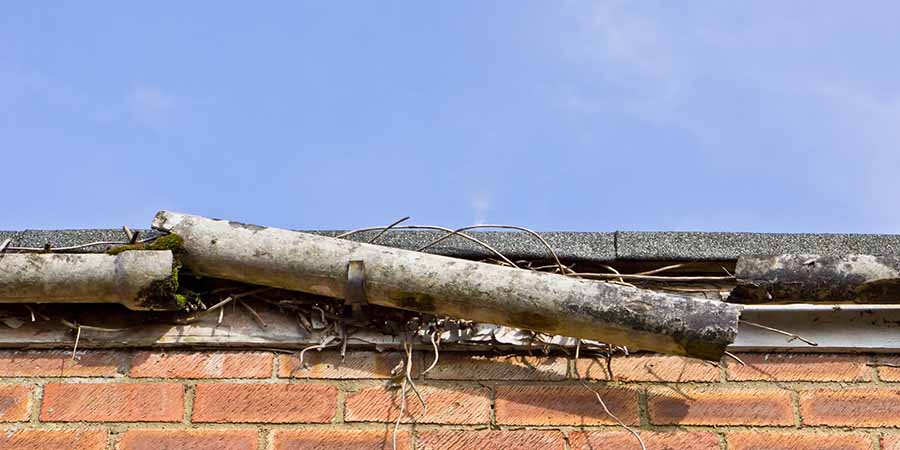
Aging Materials:
Roofing materials like shingles, tiles, or metal panels will be affected by time, weather changes, UV rays, and so on.
During a rainstorm, the aged materials are prone to cracking, gaping, and breakdown that create openings through which water can get in.
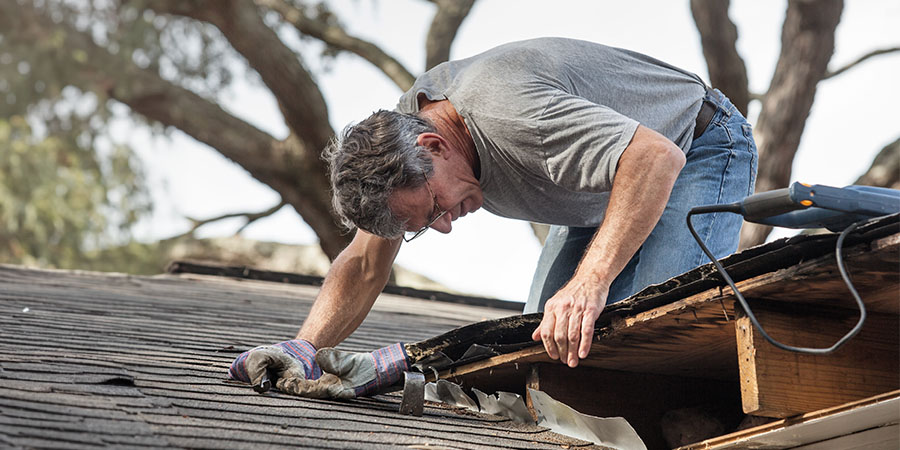
Poor Installation:
Hiring a roofer is one big factor if you want your roof to last.
Improper roof installation makes the structure weak and therefore incapable of withstanding heavy downpours.
These types of concealed leaks arise because of insufficient sealing, malfunctioning flashings, or ineffective waterproofing.
Lowball roofing contractors can leave a trail of destruction in their path and on your roof.
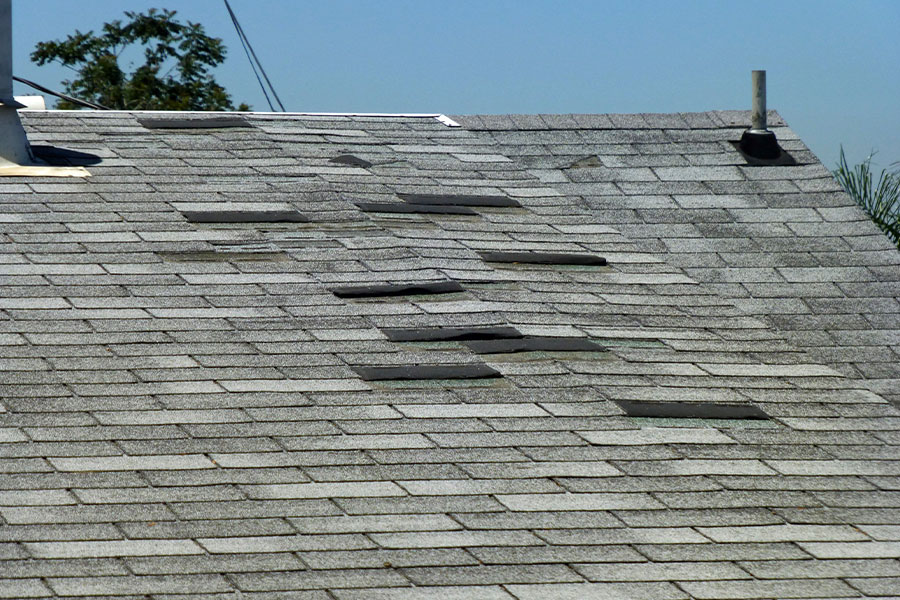
Damage from Wind or Debris:
Natural disasters are common causes of roof damage – others are obviously seen but some aren’t very much visible which is bad if not attended as soon as possible.
A roof that is exposed to severe weather such as strong winds, hailstorms or a falling tree branch can be physically damaged.
Some damage is not clearly visible, so when heavy rain hits, the water to seep into hard-to-see areas or it is sometimes called hidden leaks.
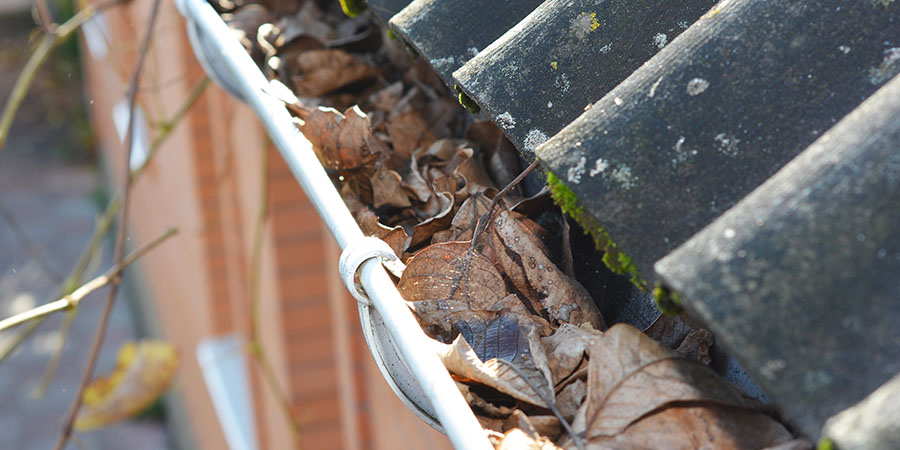
Clogged Gutters and Downspouts:
Water may back up onto the roof if neglected gutters and downspouts are filled with debris.
It is this water that, over time, finds its way into the wall and eventually becomes the source of unseen leakages.
Roof Vent Leaks During Heavy Rain
As an essential component of attic ventilation, roof vents are prone to serve as pathways for leakages during intense showers.
At times, rainwater gets into roof vents.
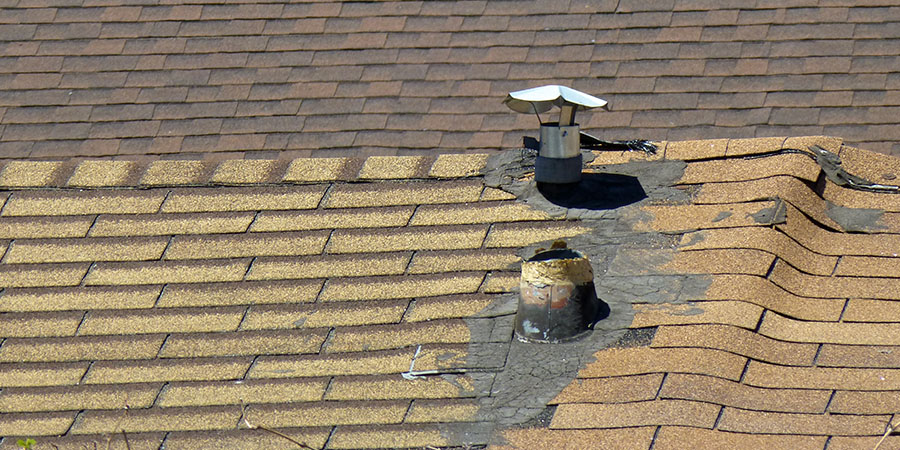
Heavy rains that are accompanied by strong winds infiltrate these leaks or poorly sealed vents surrounding them.
Water may also get in due to insufficient flashing and vent seals.
This may include water stains on ceilings and walls, dripping or even wet surfaces coming near the vent area.
Inspection of roof vents regularly and quick fixes are essential for preserving their strength against leakage.
Should Roof Vent Pipe Be Covered?
Professional disagreement on covering roof vent pipes.
Vent pipe covers may be of a great assistance in preventing debris, animals, and some moisture from getting inside but not without its drawbacks.
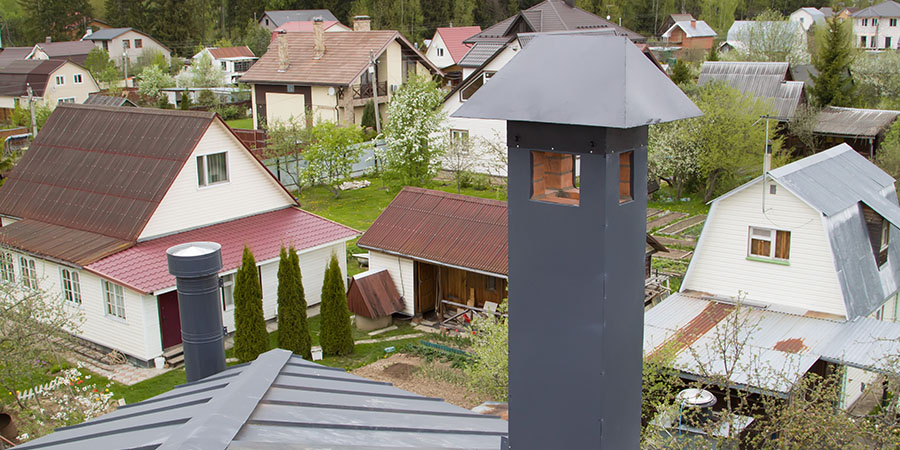
Therefore, it is necessary to seek advice from a qualified and experienced roofing company to know what would suit your condition best.
Such information will enable a roofing expert to assess the design of the roof, climate conditions of this place, and whether it needs ventilation or protection.
If need be, they will suggest suitable vent pipe covers ensuring adequate ventilation whilst shielding moisture and debris.
The Role of Heavy Rainfall in Identifying Hidden Leaks
Using heavy rainfall to help recognize hidden leaks.
The heavy rains play the role of a revelation mechanism for those who do not always realize existing leaks on a rooftop during a normal light shower.
Here’s how heavy rainfall contributes to this process:

Increased Water Volume:
The amount of water running off the roof increases notably during heavy rains.
This increased volume can further put stress on already weakened areas of the roof, causing water to push through any gaps, cracks or eroded points, thus showing evidence of previously hidden leaks.
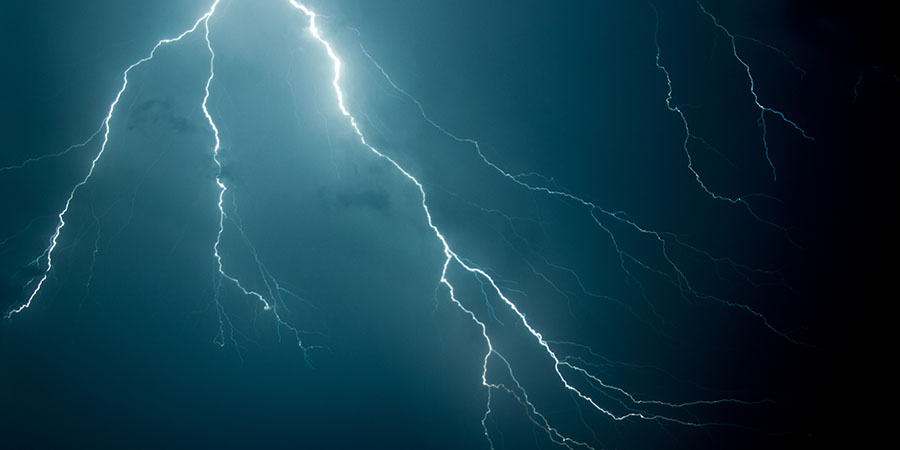
Extended Duration:
Lightning storms usually take longer than ordinary downpour consequently saturating the roof into wetness for longer duration.
The extended exposure of water forces more and more penetration into the roofing materials and this makes leaks formation easy.
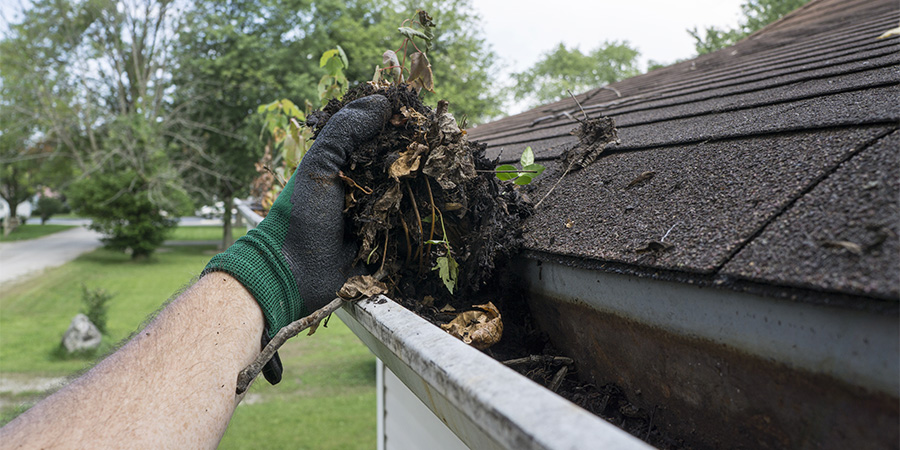
Overwhelming Drainage Systems:
When there are heavy rains, drainages such as gutters and downspouts can fail to cope up with them.
The excessive amounts of water from these systems is likely to overflow and accumulate at the top if they are dysfunctional because of clogs or insufficient servicing.
The pooled water may penetrate unseen portions of the roof, further aggravating previous leaks and causing new ones.
Steps to Mitigate and Repair Hidden Roof Leaks
Identifying and addressing hidden roof leaks promptly is crucial to prevent further damage to the roof and the interior of your home.
Here are some steps to effectively mitigate and repair hidden leaks:
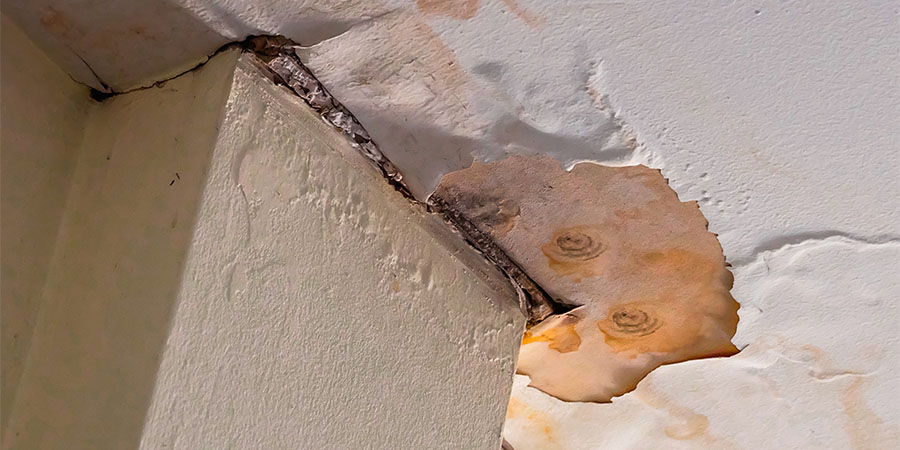
Regular Roof Inspections:
Conduct routine inspections to identify any signs of water stains, mold growth, or soft spots on the ceiling, as these can indicate hidden roof leaks.
Additionally, inspect the roof from the outside to look for missing or damaged shingles, cracked flashing, or other signs of wear and tear.
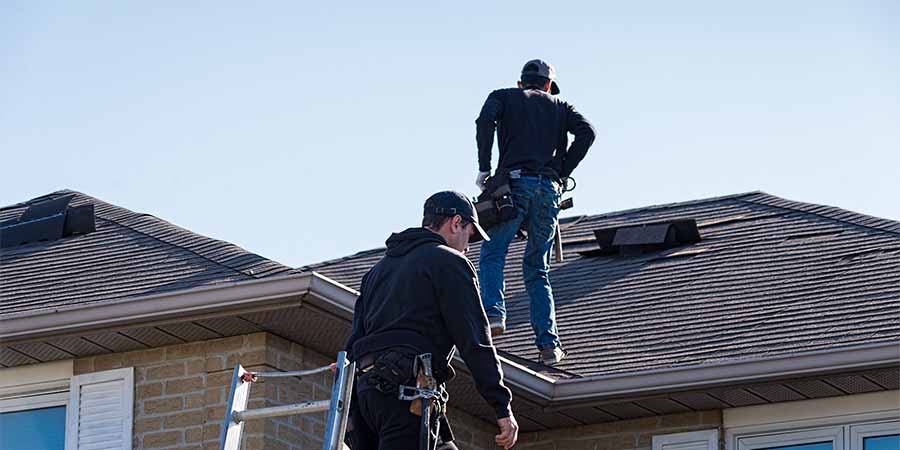
Professional Roof Repair:
Timely repairs are critical when roof leaks are exposed during heavy rain.
Ignoring or delaying repairs can lead to further damage, including structural issues and mold growth.
In Tulsa, where severe weather events like heavy rain are common, prompt roof repair is of utmost importance.
Local roofing contractors in Tulsa possess the knowledge and expertise to effectively address roof leaks caused by heavy rainfall.
These qualified professionals can prevent further damage and protect your home from the challenges posed by Tulsa’s weather conditions, ensuring that your roof remains durable and resilient.
Researching, seeking referrals, and verifying credentials are necessary steps before hiring a roofing contractor.
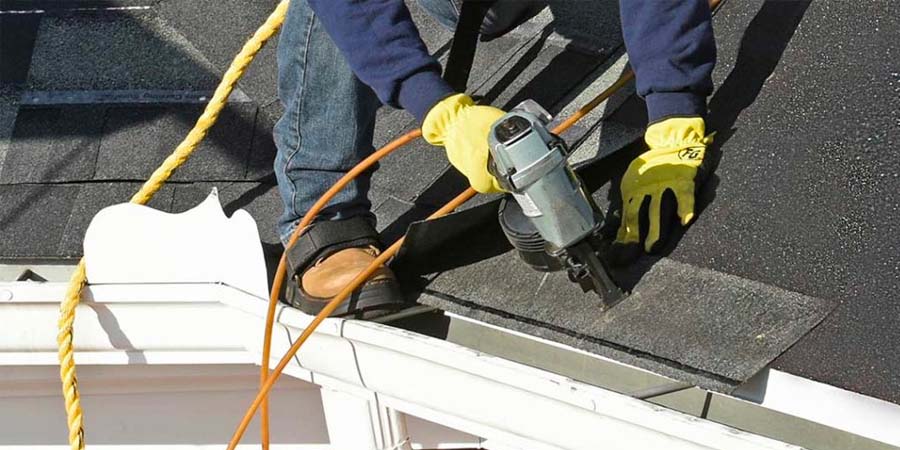
Improve Roof Maintenance:
Regular roof maintenance, including clearing debris from gutters and downspouts, trimming overhanging tree branches, and sealing potential entry points, can help prevent hidden roof leaks.
Proper maintenance ensures that the roof remains in optimal condition and can withstand heavy rainfall without compromising its integrity.
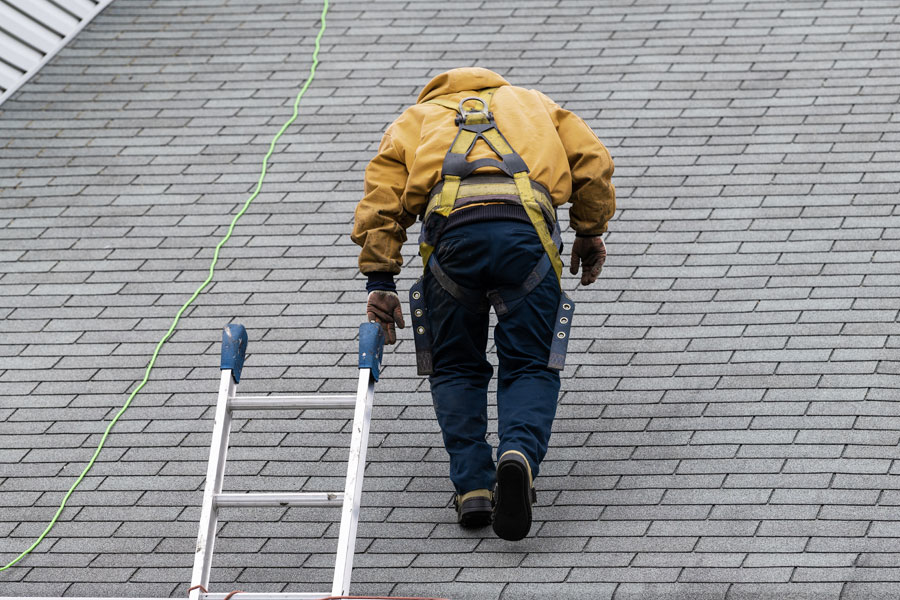
Consider Waterproofing:
Applying waterproof coatings or membranes to your roof can provide an additional layer of protection against heavy rainfall.
Waterproofing materials help seal cracks and gaps, enhancing the roof’s ability to repel water and prevent hidden leaks.
Conclusion
No one is exempted of natural disaster, what matters is how prepare you are when these severe weather comes.
Many hidden roof leaks may become exposed as a result of heavy rainfall with consequent water seepage into the house.
Homeowners have an enhanced knowledge of what causes hidden leaks, how heavy rains reveal them, and what measures should be taken to remedy and prevent leaky roofs, thus protecting and extending the lifespan of their homes.
To prevent and manage hidden roof leakages, it is advisable to carry out regular inspections, professional roof repairs, proper maintenance, and consider waterproofing measures.
Prevailing early will help protect your house from damages that heavy rains may cause and guarantee you have a dry place to live in for many years.
Need Help With Roof Maintenance?
Pro-Tech Roofing services all of northeast Oklahoma, including the communities: Tulsa, Bartlesville, Bixby, Broken Arrow, Jenks, Catoosa, Coweta, Claremore, Collinsville, Glenpool, Grand Lake, Inola, Mounds, Muskogee, Oologah, Owasso, Pryor, Skiatook, Sand Springs, Sapulpa, Tahlequah and Wagoner.
We provide residential roofing services in Tulsa and throughout northeast Oklahoma. View a more complete gallery of Oklahoma roofing projects.
If you need roofing in Tulsa or any Oklahoma community, give us a call at (918) 250-7663 or contact us here.
